





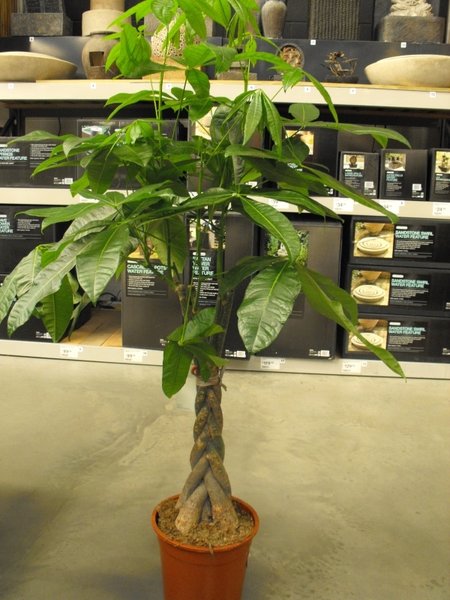
In South America and other warm climates the pachira is grown for it's edible nuts, in east Asia for good fortune, and in Europe and the US for their attractiveness as an indoor tree species. Grown braided as a house plant edible nuts will not fruit.
These have been cultivated in Taiwan to produce the braided types in various sizes including successful bonsai’s, which are exported to Europe, US and other countries.
How it looks: The obvious interesting feature is the trunks of the money plant are braided which are thick and woody (like any other tree) with bark. The upper section of the trunk produces green branches with long thin petioles (stalks) and palmatley compound or whorled leaves (five or more leaflets attached like fingers) sitting at the top of the petiole. So, the plant has a mixture of a tree and palm appearance. The lush linear leaves are glossy in appearance and have darker green visible veins, adding to it's attractiveness as a house or office plant. The smaller bonsai trunks look very thick compared to the size of the rest of the tree.
Flowering: The Mexican fortune tree produces attractive white flowers and edible nuts. However, they will not bloom indoors.
Displaying: A plant over 4 feet tall can add some charm to many places within a home - especially in large rooms, near patio doors, near a fireplace, in a conservatory, or within a hallway. They also make fantastic reception area and office plants, as long as the correct conditions can be provided.
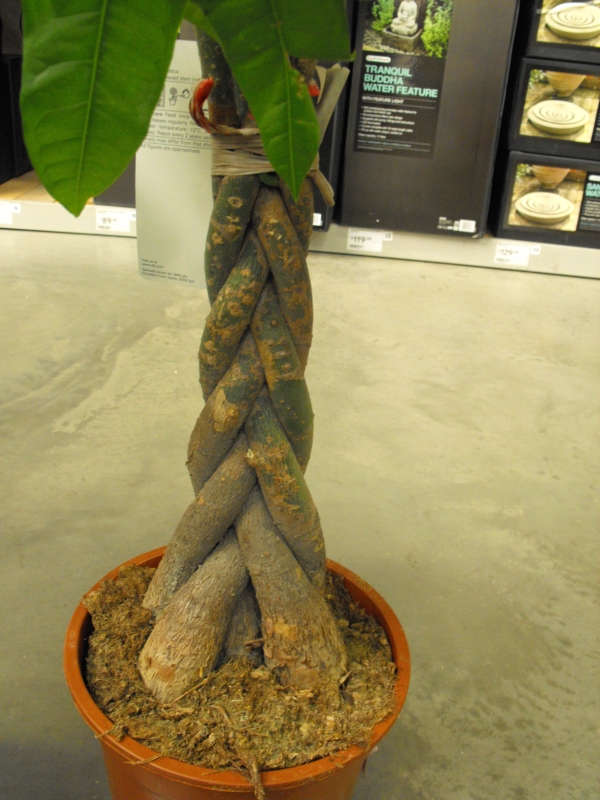
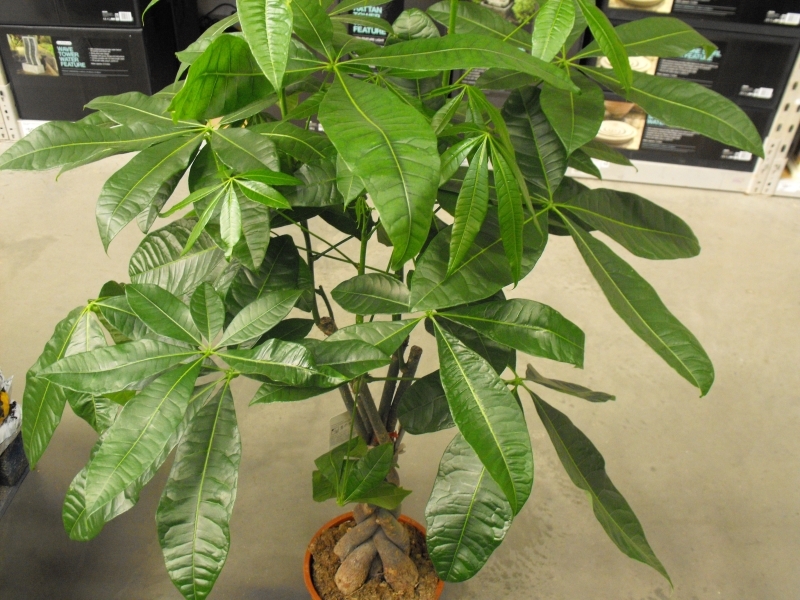
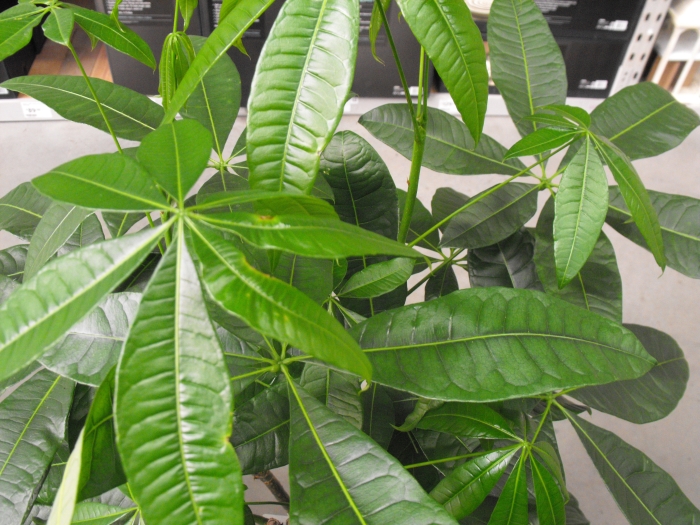
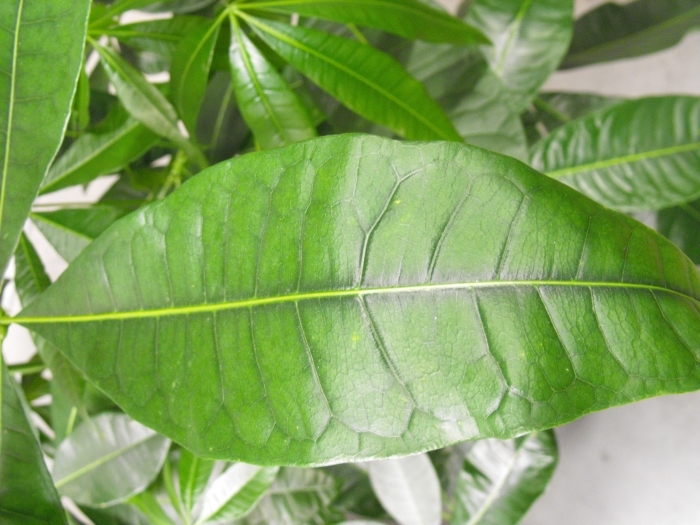
Leaves yellowing and dropping: Two possible causes could be over feeding or over-watering. Stop both activities and resume watering first "once the soil has become dry" and hold out using fertilizer for a month or two. Once the plant recovers reduce the amounts of both food and water compared to how you provided these previously. The odd lower leaf or two will turn yellow and fall from time to time, which is natural.
Leaf tips and edges turning brown: When it's only the tips turning brown it's quite often due to too much dry air. If the tips, edges or both have turned brown then it could be any one of many possible incorrect conditions including too much or not enough water or light (direct sun for too much), or even overfeeding or cold drafts. It's going to have to be a process of elimination to find the cause.
Leaves dropping: Leaves dropping can be caused by sudden changes in temperature and lighting conditions becoming lower. If you have recently bought the plant or moved it to a new location this can cause leaves to drop.
Copyright © www.100flowers.win Botanic Garden All Rights Reserved